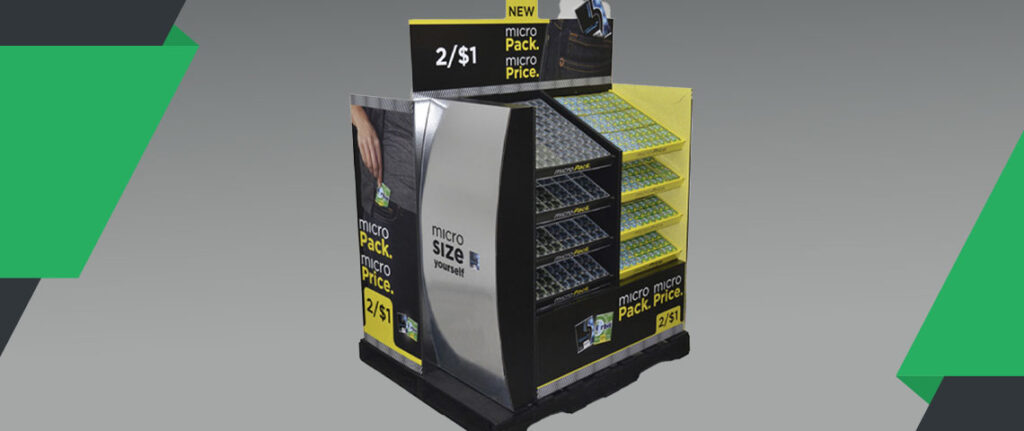
Shopping in-store allows customers to get a product immediately, leverage customer services and explore other items in the same product range. These reasons prove why 73% of consumers would still buy items in brick-and-mortar retail spaces. Custom pallet skirts enhance the in-store shopping experience by showcasing your brand and making your products more accessible. Learn how leveraging a unique pallet skirt display helps to boost your sales. What Is a Pallet Skirt? A pallet skirt is typically a corrugated cardboard structure that wraps around a wooden pallet. It advertises your products while concealing an otherwise unsightly display base. Cardboard pallet skirts are customizable, allowing you to tailor the colors, images and messaging to your brand. Why Do Pallet Displays Work So Well in Club Stores? Club stores — such as Costco, Sam's Club and BJ's Wholesale Club — require members to pay an annual fee to access their retail services. Custom pallet skirts do particularly well in these stores for the five core reasons: Strategic product placement: Club stores are generally expansive retail spaces filled with every product you can imagine. Point-of-purchase (POP) displays such as pallet skirts help to position your products in a customer's path for increased exposure. Offer product information: From pricing to product details, cardboard pallet skirts provide valuable information to motivate sales. Large-format advertising: Printed pallet skirts are similar to billboards, providing a large-scale advertising format. Customers are more likely to see these displays, even from the other end of the aisle. Accelerated product sales: The combination of effective product placement...
Continue reading



